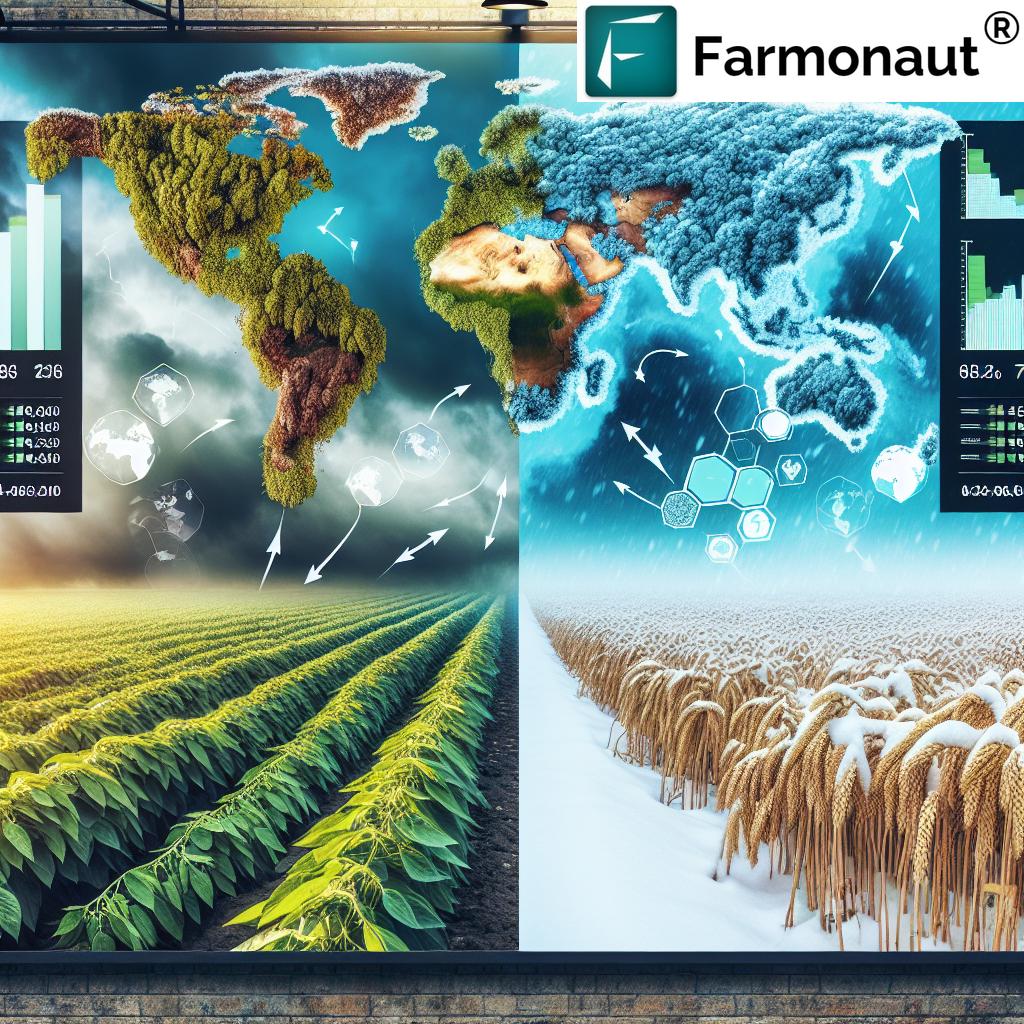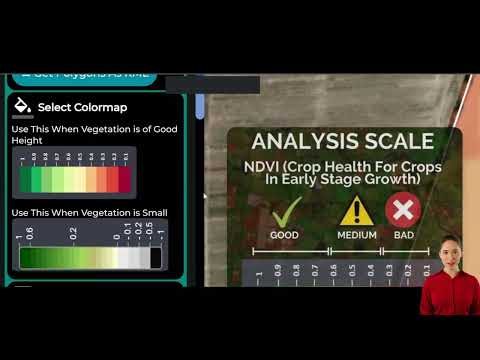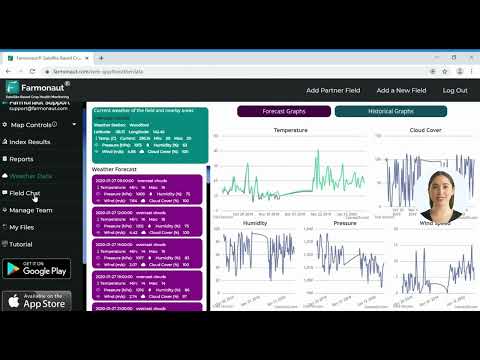Global Wheat Futures Climb: Weather Impact on Crops and International Grain Market Trends
“Chicago wheat futures climbed as global production forecasts tightened, with Russia and Ukraine facing export challenges.”
In the ever-evolving landscape of global agriculture, we find ourselves at a critical juncture where weather patterns, geopolitical tensions, and market dynamics are converging to shape the future of wheat production and prices. As we delve into the intricate web of factors influencing the international grain market, it’s crucial to understand how these elements interact and what they mean for farmers, traders, and consumers worldwide.

The Rise of Chicago Wheat Futures
The Chicago Board of Trade (CBOT) has been witness to a remarkable surge in wheat futures, marking their seventh consecutive weekly gain. This upward trajectory is primarily driven by expectations of tighter supply in the global wheat market. However, it’s worth noting that the momentum has slightly decreased in recent days as concerns about potential cold weather damage to U.S. crops have eased.
As of the latest report, the most-active wheat contract on the CBOT was up 0.3% at $6.02-1/4 a bushel, showing a weekly increase of approximately 0.4%. This trend underscores the delicate balance between supply and demand in the international grain market, where even slight shifts in production forecasts can have significant ripple effects on prices.
Corn and Soybean Markets: A Parallel Narrative
While wheat takes center stage, it’s crucial not to overlook the concurrent movements in corn and soybean markets. Both commodities have shown resilience, with prices climbing and set for weekly gains. The CBOT May corn contract rose 0.2% to $5.13-1/2 a bushel, poised for a 0.8% weekly gain – its third consecutive increase. Similarly, May soybeans climbed 0.3% to $10.65-1/2 bushel, marking a 1.2% rise from the previous week.
These gains in corn and soybean prices are largely attributed to adverse weather conditions in South America, which have led to a reduced production outlook. This situation highlights the interconnectedness of global agricultural markets and the far-reaching impact of regional weather patterns on international commodity prices.
Weather’s Crucial Role in Crop Protection and Production
The interplay between weather conditions and crop health remains a critical factor in shaping agricultural markets. Recent reports from the U.S. Department of Agriculture (USDA) have brought some relief to market concerns. Most of the U.S. winter wheat crop is currently protected by an adequate layer of snow, shielding it from potentially damaging icy temperatures. This protective cover is crucial for ensuring the survival of winter wheat through harsh winter conditions.
Furthermore, the forecast indicates rising temperatures in the coming days, which could further alleviate worries about cold weather damage. This positive outlook for U.S. winter wheat has contributed to the slight easing of price momentum in recent trading sessions.
Global Production Forecasts: A Mixed Bag
The International Grains Council (IGC) plays a pivotal role in providing global production forecasts that significantly influence market trends. In its latest report, the IGC has painted a nuanced picture of the world’s grain production outlook:
- Wheat: The forecast for global 2024/25 wheat production has been raised by 1 million metric tons to 797 million tons. This increase is partly attributed to a larger anticipated crop in Kazakhstan.
- Corn: In contrast, the IGC has reduced its estimate for global 2024/25 corn production by 3 million tons.
- Soybeans: The soybean output forecast has also been cut by 2 million tons.
These adjustments in production estimates reflect the complex and often unpredictable nature of global agriculture, where various factors – from weather patterns to geopolitical events – can significantly impact crop yields and market dynamics.

The Russian and Ukrainian Factor
A significant development in the global wheat market is the declining shipments from Russia, the world’s largest wheat exporter. This reduction in exports is further compounded by a restrictive government quota that came into effect this month. The situation in Ukraine, another major wheat exporter, mirrors this trend with a noticeable decline in wheat exports.
Traders are increasingly concerned about the condition of crops in both Russia and Ukraine as they emerge from winter. Commonwealth Bank analyst Dennis Voznesenski aptly summarizes the situation: “The direction of prices will depend on how much wheat Russia and Ukraine can export.” This statement underscores the critical role these two countries play in the global wheat supply chain and how their export capabilities can significantly influence international grain market trends.
South American Weather Woes
While much attention is focused on wheat production in the Northern Hemisphere, the agricultural situation in South America is equally crucial to global markets. Adverse weather conditions in this region have been a significant factor in the recent price increases for corn and soybeans.
The reduced production outlook in South America has far-reaching implications. It not only affects local farmers and economies but also impacts global supply chains and price dynamics. This situation serves as a stark reminder of the vulnerability of agricultural systems to climate variability and the need for robust risk management strategies in farming.
The Balancing Act of Supply and Demand
As we navigate through these complex market dynamics, it’s essential to consider the overall balance of supply and demand in the global grain market. Analysts currently expect soybeans to remain relatively plentiful, which could help stabilize prices in that sector. However, the outlook for corn supply is tightening, which may lead to continued upward pressure on corn prices.
This divergence in supply outlooks between different grains highlights the importance of diversified agricultural strategies and the need for adaptive management practices in farming. It also underscores the value of accurate, real-time crop monitoring and forecasting tools in helping farmers and traders make informed decisions.
“The International Grains Council increased wheat estimates but reduced corn and soybean projections in its latest global forecast.”
Technological Advancements in Agriculture: The Farmonaut Perspective
In light of these global agricultural challenges, the role of technology in farming has never been more critical. Farmonaut, a leading agricultural technology company, offers innovative solutions that can help farmers navigate these complex market dynamics and weather-related challenges.
Through its advanced satellite-based farm management solutions, Farmonaut provides real-time crop health monitoring, AI-based advisory systems, and resource management tools. These technologies enable farmers to make data-driven decisions, optimize their crop yields, and better manage risks associated with weather variability and market fluctuations.
Farmonaut’s platform is particularly valuable in the current climate of uncertainty in global grain markets. By providing accurate, up-to-date information on crop health and weather patterns, it allows farmers to adjust their strategies in real-time, potentially mitigating the impacts of adverse conditions and maximizing their yields.
The Future of Global Wheat and Grain Markets
As we look to the future, several key factors will continue to shape the global wheat and grain markets:
- Climate Change: Increasing climate variability is likely to lead to more frequent extreme weather events, potentially disrupting traditional growing patterns and yields.
- Technological Innovation: Advancements in agricultural technology, such as those offered by Farmonaut, will play a crucial role in helping farmers adapt to changing conditions and optimize their production.
- Geopolitical Factors: International relations and trade policies will continue to influence export quotas and global supply chains.
- Consumer Trends: Shifting dietary preferences and increasing global population will impact demand for various grains and oilseeds.
For farmers and agricultural businesses looking to stay ahead in this dynamic environment, leveraging cutting-edge technologies and data-driven insights is crucial. Farmonaut’s suite of tools, including its API for developers and comprehensive API Developer Docs, offers a competitive edge in managing farms efficiently and making informed decisions.
Global Wheat Production and Price Trends
| Country | Estimated Production (million metric tons) | Year-over-Year Change (%) | Current Wheat Futures Price ($/bushel) | Price Change from Previous Year (%) |
|---|---|---|---|---|
| Russia | 85.0 | -2.3% | 6.15 | +4.2% |
| China | 138.0 | +1.5% | 6.22 | +3.8% |
| India | 107.0 | -0.9% | 6.10 | +3.5% |
| United States | 50.0 | -5.7% | 6.02 | +2.9% |
| Ukraine | 22.0 | -18.5% | 6.18 | +5.1% |
| Global Total | 797.0 | -0.4% | 6.13 (Average) | +3.9% (Average) |
This table provides a clear overview of the current state of global wheat production and prices. It highlights the significant variations across major wheat-producing countries, reflecting the complex interplay of local and global factors affecting the wheat market.
Earning Opportunities in Agriculture Technology
Earn With Farmonaut: Affiliate Program
Earn 20% recurring commission with Farmonaut’s affiliate program by sharing your promo code and helping farmers save 10%. Onboard 10 Elite farmers monthly to earn a minimum of $148,000 annually—start now and grow your income!
Farmonaut Subscriptions
Conclusion: Navigating the Complex Grain Market Landscape
As we’ve explored throughout this analysis, the global wheat and grain markets are subject to a myriad of influencing factors. From weather patterns and climate change to geopolitical tensions and technological advancements, the landscape is constantly evolving. For farmers, traders, and industry professionals, staying informed and adaptable is key to success in this dynamic environment.
The rise in Chicago wheat futures, coupled with the challenges faced by major exporters like Russia and Ukraine, underscores the delicate balance of the global grain supply chain. Meanwhile, the impacts of adverse weather in South America on corn and soybean production highlight the interconnectedness of global agricultural markets.
In this context, the role of advanced agricultural technologies becomes increasingly crucial. Platforms like Farmonaut offer valuable tools for real-time crop monitoring, weather tracking, and data-driven decision-making. By leveraging these technologies, farmers can better navigate market uncertainties, optimize their yields, and contribute to a more resilient global food system.
As we move forward, the ability to quickly adapt to changing conditions, make informed decisions based on accurate data, and implement sustainable farming practices will be key to thriving in the global agricultural landscape. The future of farming lies in the intelligent integration of traditional knowledge with cutting-edge technology, ensuring food security and economic stability in an ever-changing world.
FAQs
- What factors are driving the current increase in wheat futures prices?
The rise in wheat futures is primarily due to expectations of tighter global supply, influenced by export challenges in Russia and Ukraine, and potential weather impacts on crops. - How is the weather affecting crop production in different regions?
U.S. winter wheat is currently protected by snow cover, while adverse weather in South America is impacting corn and soybean production. Climate variability continues to be a significant factor in global crop yields. - What role does technology play in modern agriculture?
Technologies like Farmonaut’s satellite-based monitoring systems and AI advisory tools help farmers make data-driven decisions, optimize crop yields, and manage risks associated with weather and market fluctuations. - How are geopolitical factors influencing the grain market?
Export quotas and challenges in major wheat-producing countries like Russia and Ukraine significantly impact global supply and, consequently, prices in the international grain market. - What is the outlook for corn and soybean markets?
While soybean supply is expected to remain plentiful, the corn supply is tightening. This divergence may lead to different price trends for these commodities in the coming months.
Stay informed and make data-driven decisions in your agricultural endeavors with Farmonaut’s advanced tools and insights. Visit Farmonaut’s Web App to explore how our technology can benefit your farming operations.







